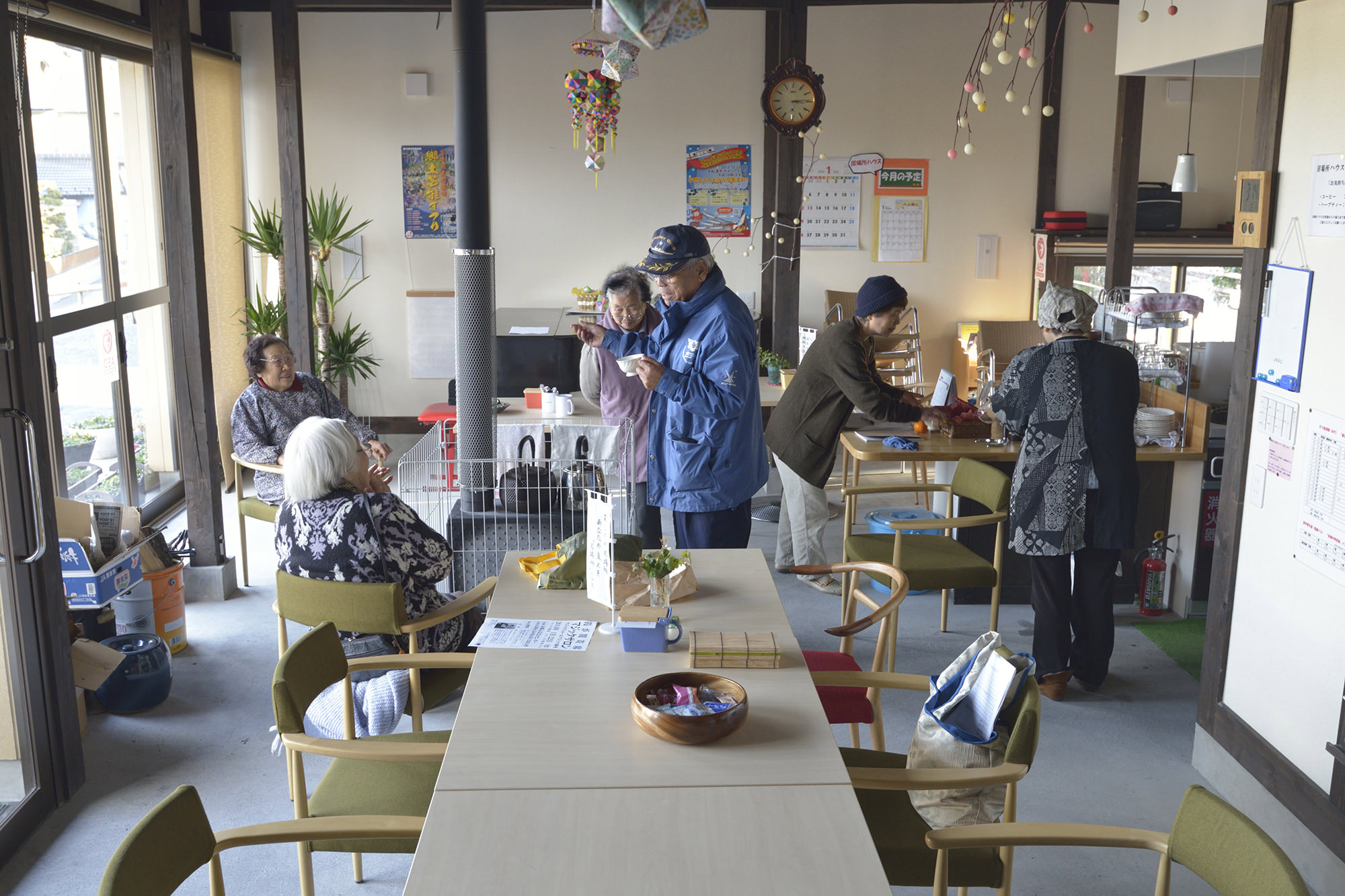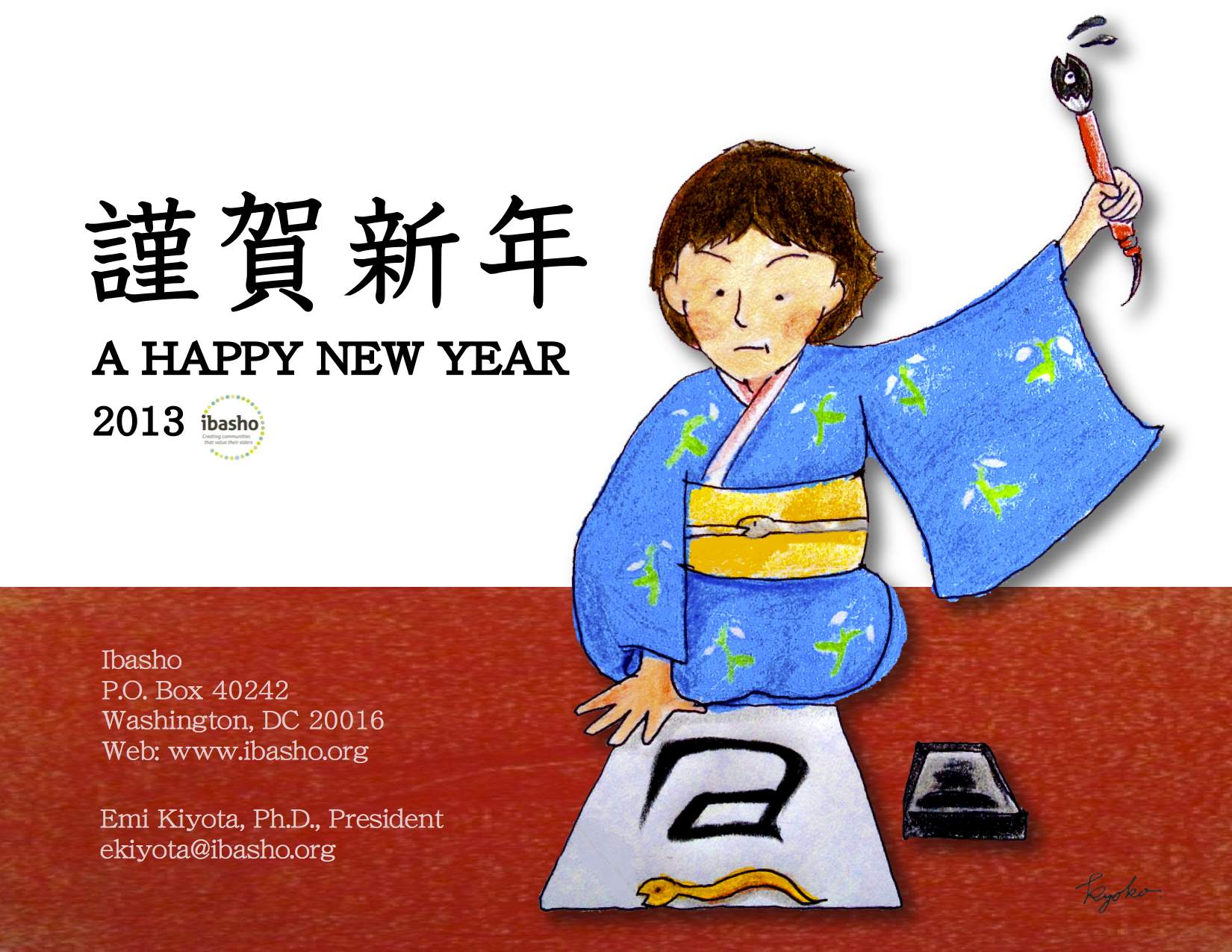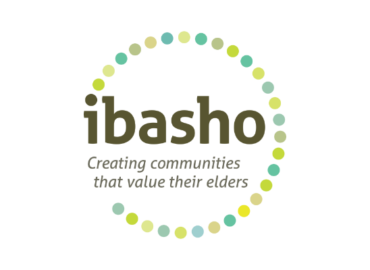I was invited to “Aging 2.0 Washington DC” to describe about our effort in relation to the Intergenerational activities. Below is my brief talk. I hope our society will realize that “what makes people happy is not about the luxury but the meaningful life and relationships…”
Before sharing what we do and why we do our work, I would like to share a quote that I found in an elementary school in Bhutan.
“The time to be happy is now, the place to be happy is here, the way to be happy is to make other people happy.”
Everybody wants to be useful to others, regardless of their age. And nobody wants to be socially isolated, or feeling the sense of helpless or useless.
Ibasho strives to create socially integrated and sustainable communities that value their elders. How do we do that? We partner with local organizations and communities to create a place where elders find the opportunities to contribute to their community members of all ages. We empower and include elders to design, built, and operate the place we create together where elders take leadership role to connect community members and to transfer knowledge and experience to younger generations.
The Ibasho cafe we have created with elders in Japan has been operated by the group of elders in a self-sustainable manner, and just cerebrated for the 2nd year anniversary. The elders in the community organized 330 events and welcomed 11,000. This is a community driven initiative, and owned by the not for profit organization created by local elders. They operate this place in a self-sustainable manner- they earn income through serving tea and snack, organic garden, farmers’ market, small noodle shop, and writing grants.
Filipino elders are also working on developing the Ibasho project, and have started recycling project, vegetable garden. They and now planning on creating Ibasho mobile café to feed children who cannot afford lunch. Through these activities, they are teaching younger generations to clean up the community, growing vegetable, and eating healthy foods leading by example. It is incredible to see what elders can do and how proud they are by what they have accomplished to influence on the younger generations.
As our society grow older, we are challenged to answer the two major global issues: how to provide care for growing number of elders with limited human and financial resources. How can we minimize the vulnerability of elders at the time of natural disaster?
To answer these questions, we should challenge our social perception about aging and the role of elders. We should remind ourselves that we should include elders as part of the solution, and let the elders lead us to strengthen our community resilience by reconnecting the community members of all ages.




